I want to talk about Lego. Why? Lego is very popular with our family. My wife, UMC1 and UMC2 are great fans of the Danish construction blocks. My wife has her Harry Potter, Hobbit and Star Wars sets proudly on display, while the boys have a small tub of their Lego sets, which can only be described as utter carnage.
Over 75% of their sets have taken apart, cannablised and repurposed. Do you remember Sid Phillips from Toy Story, and his creepy toys? Picture them in your mind’s eye, but now I need you to change them from mashed up hybrid toys to mashed up hybrid Lego, and that would be UMC1 and UMC2’s Lego collection.
If you think that is scary, I can go one better; their Lego is slowly colonising the house. First it was the tub, then the Lego moved to their shared bedside cabinet, then the drawers, the bookshelves, the wooden games box, the kitchen table, and finally, they have started colonising our bedroom.
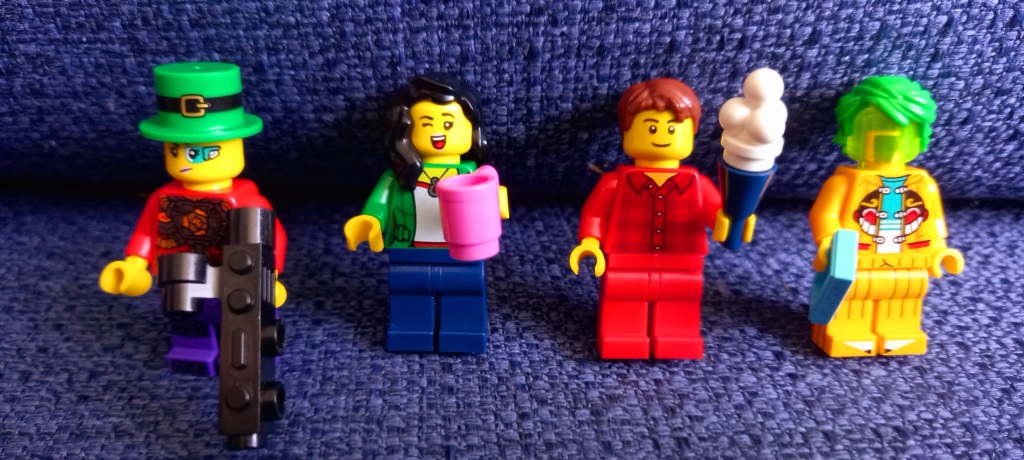
Like I said before, the three of them love Lego and take pride in their creations. As for me, I don’t own any Lego. Well, that’s not entirely accurate. Recently, UMC1’s school held a fundraising event centred around Lego. There were many different activities you could do, however the one I’m going to mention was Build Your Own Figure.
Upon learning about the event, we decided that we would think about going. When we discovered that you could build your own Lego figure, my family suddenly started channelling Emperor Palpatine; because they quickly told me that we were 100% going now, followed by three different maniacal forms of laughter. The idea was that when we played with Lego together, we could also use our new Lego figures.
I didn’t own any Lego, so I thought it could be satisfying to build my own Lego figure. Now this was my mistake; I assumed we would be making a Lego figure of our own choosing. However, what I discovered was that 50% of our family were going to make a Lego figure of themselves, while the other 50% were going to make something original and crazy.
Unknown to myself, my wife and UMC1 had spent the time leading up to the event, thinking about what their Lego figure was going to look like. This meant mentally cataloging different Lego body parts, that they could possibly use to construct a Lego version of themselves. They donated hours and hours thinking and planning about their possible creations.
I call this, The Batman Syndrome, because of the amount of designs and back-up plans they both had. The funny thing is that my wife and UMC1, both did not discuss their plans with each other or anybody else.
If you’ve been following my blog for some time, you’ll realise I would not drop a Batman reference without a special reason; and you would be correct. If my wife and UMC1 were Team Batman…well, UMC2 and I were Team Joker. We had the Joker Syndrome, because we were both looking forward to building our Lego figure, but unlike the other two, UMC2 and myself spent no time thinking about possible combinations or designs. I seriously only started thinking about the figure’s design, when we were lining for it.
You were allowed to have: 1 x head, 1 x torso (with arms) 1 x set of legs, 1 x some sort of head wear like a hat, helmet or hair, and 1 x accessory. While waiting in line, my wife and UMC1 were going over the selections they could now see and were busy redesigning their Lego figures in their mind. UMC2 and myself on the other hand, were not doing that.
Eventually it was our turn to build. I searched through the heads, thinking there had to be something cool and I was right; I chose a head that looked like it was wearing a Saiyan scouter. The face did look quite feminine, but I didn’t care, I wanted that Saiyan scouter! For the torso, I selected some type of red ninja armour, on the basis that it was easily different from the others. As for the legs, it was just pure dumb luck that I selected the set that matched the torso.

For the head wear, I selected an Irish cap, because….why not? It looked amazing and this Lego figure was ready for some craic. The last part was the accessory, so I went for a blaster that had three settings on the top of it. My blaster could fire ice cream, spaghetti and custard. I did this, because I knew UMC2 would find it funny.
It was at this point that my wife asked me what I was doing. I thought this was a strange question, considering everything; however my Spidey-Sense was going off, so I knew something was wrong.
It was at this point that the truth was shown to me. My wife’s Lego figure had blue trousers and a green torso. Her favourite colour is green, plus she wears a blue necklace, just like her Lego figure. She also found some black hair to match her own; as well as a happy face and a coffee cup. My wife needs and survives on coffee. She was extremely proud of her Lego figure.

UMC1’s favourite colour is red, so he dressed his Lego figure with red legs and a red torso. He also found some brown hair to match his own, and a four scooped ice cream, because….yes, he likes ice cream.

As for UMC2, his favourite colour is yellow, hence why his Lego figure is yellow. However, he chose green hair, because he said it looked liked the Joker’s hair and he is all about supervillains currently. His Lego figure has a blank face, because he explained that he didn’t want anybody knowing what his Lego figure was looking at. 4 year old logic, it’s the best in the world! UMC2 also added a phone to his figure. The reason was because he didn’t have a phone in his apocalyptic collection, and he wanted one.
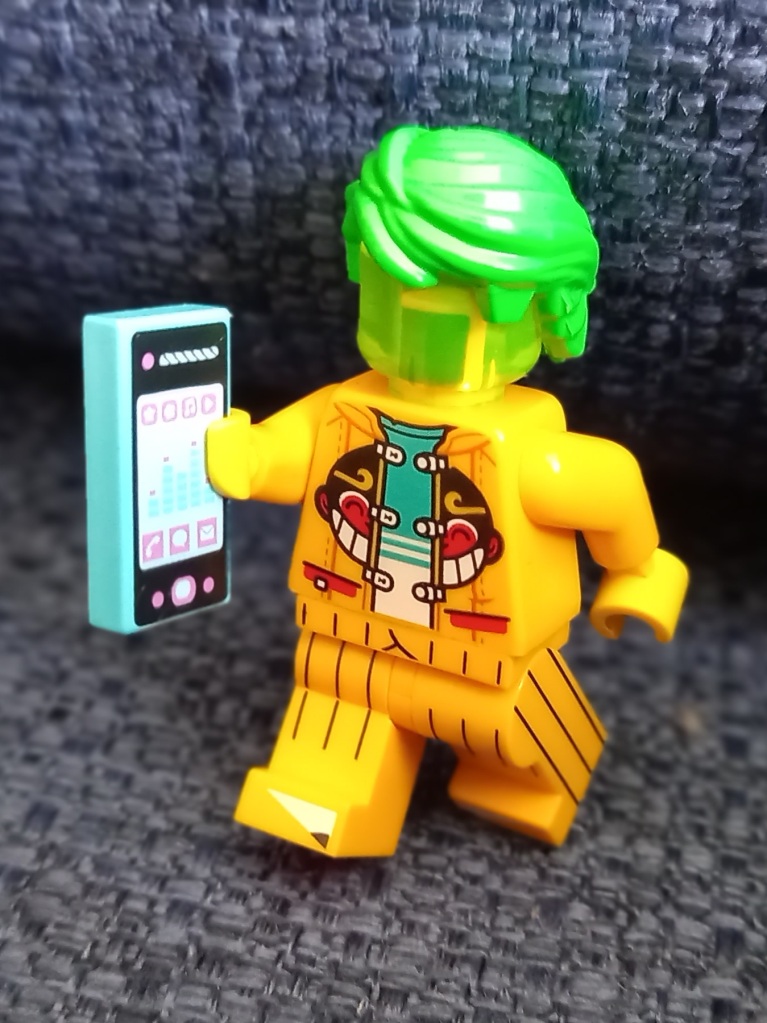
So there you have it. Two of us took the activity very seriously and based their Lego figures on themselves, while the other two just made crazy creations. A psychologist would find this very fascinating!


The hilarious thing is that UMC2 has claimed my Lego figure, because he wanted our two Lego figures to be together.
And that’s it for this week. I need to watch Last Week Tonight, so I’m out of here! Thanks for reading, walk your dog, stay away from Sour Cream and Chives, and I’ll see you next week.
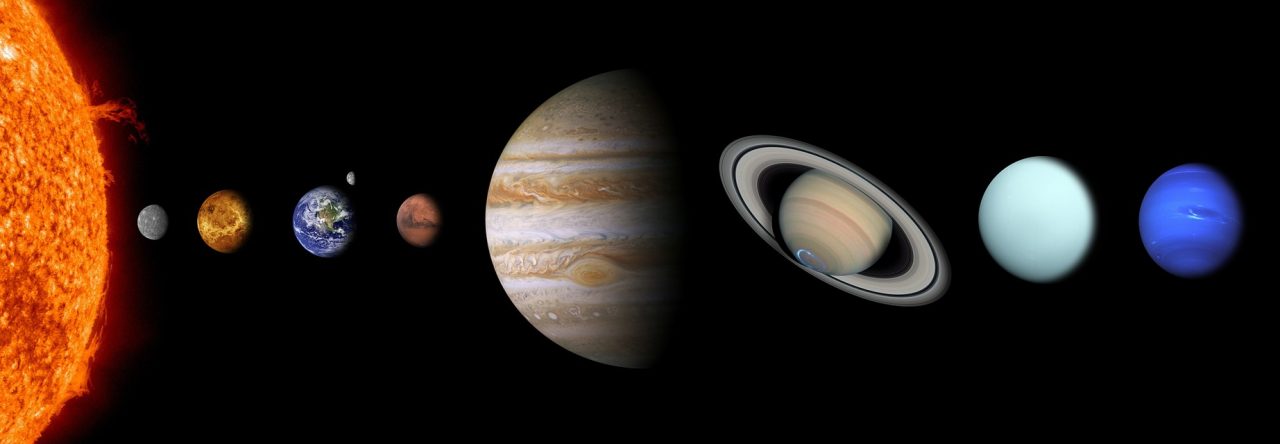
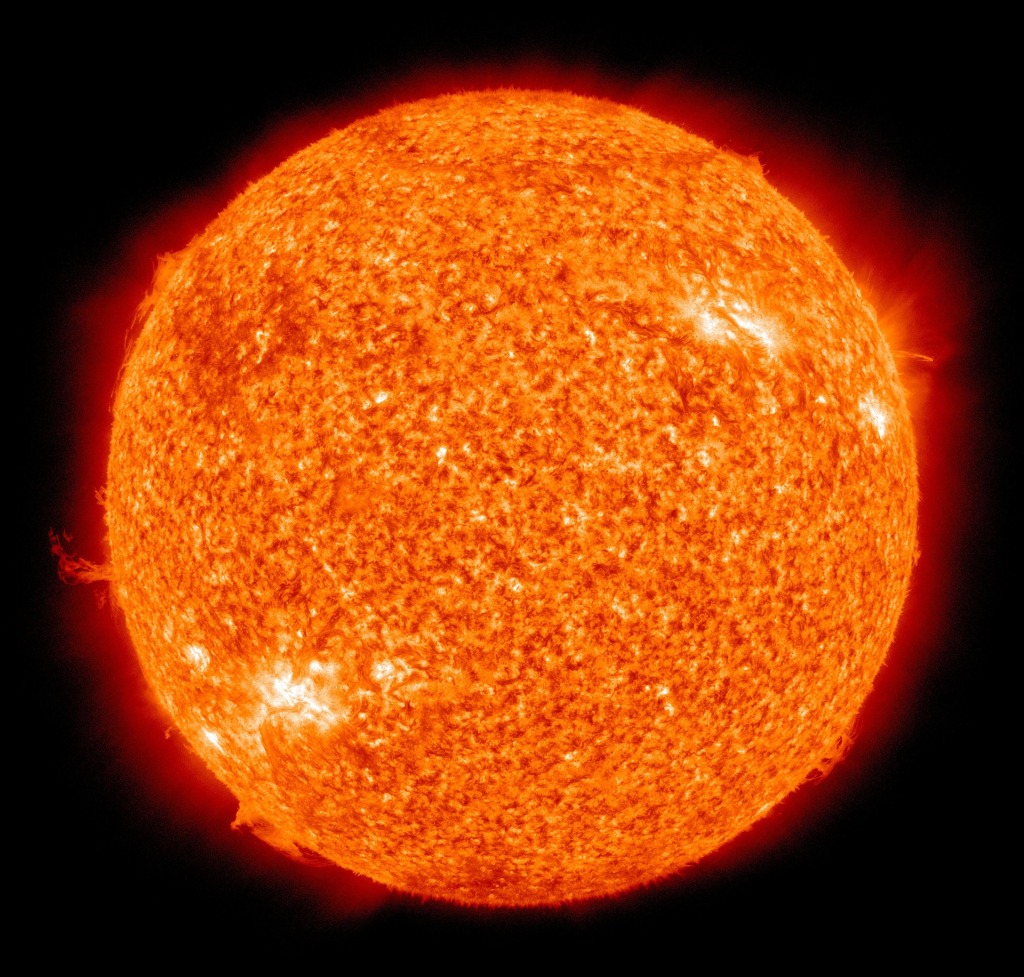
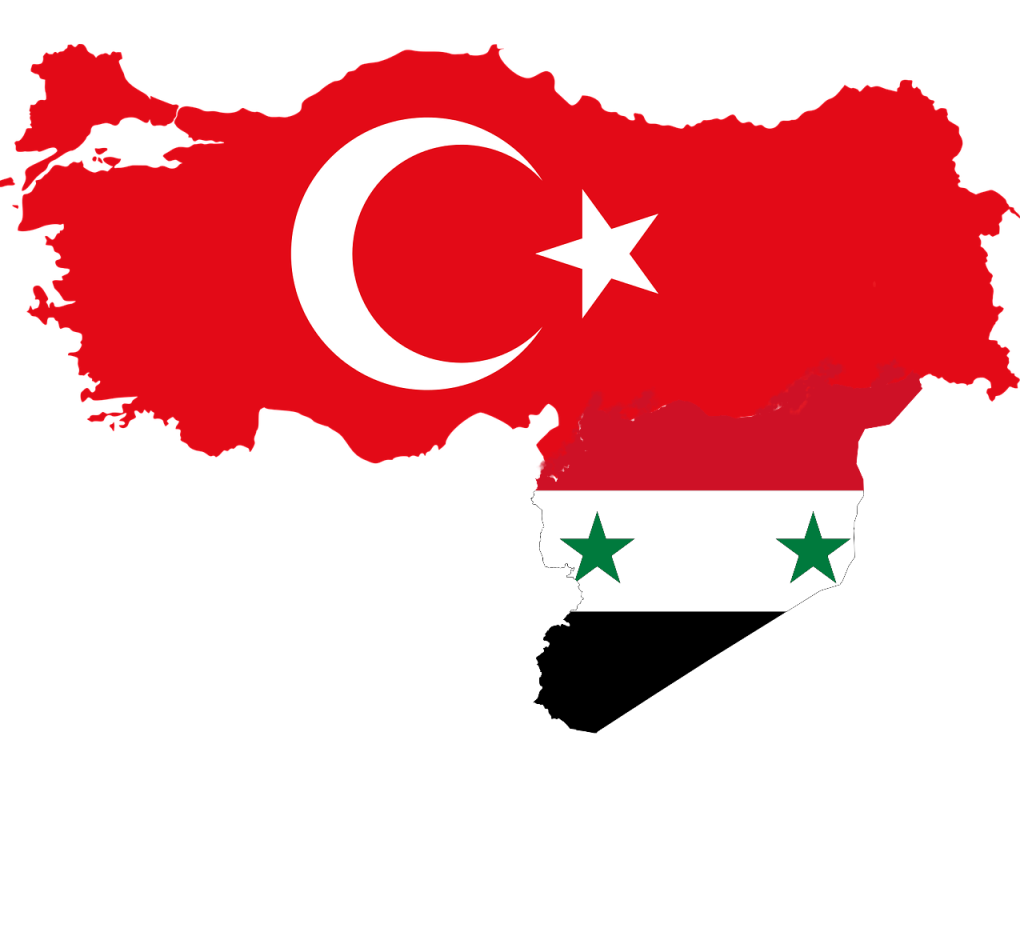
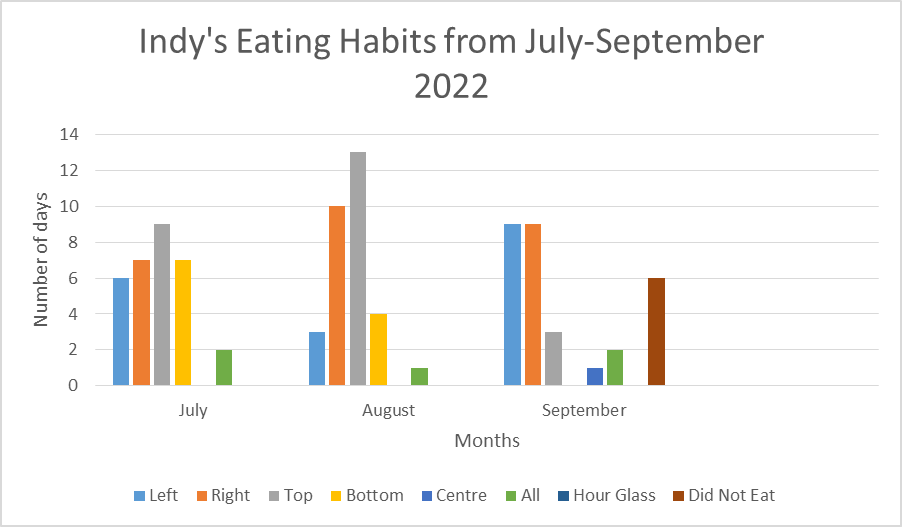



You must be logged in to post a comment.